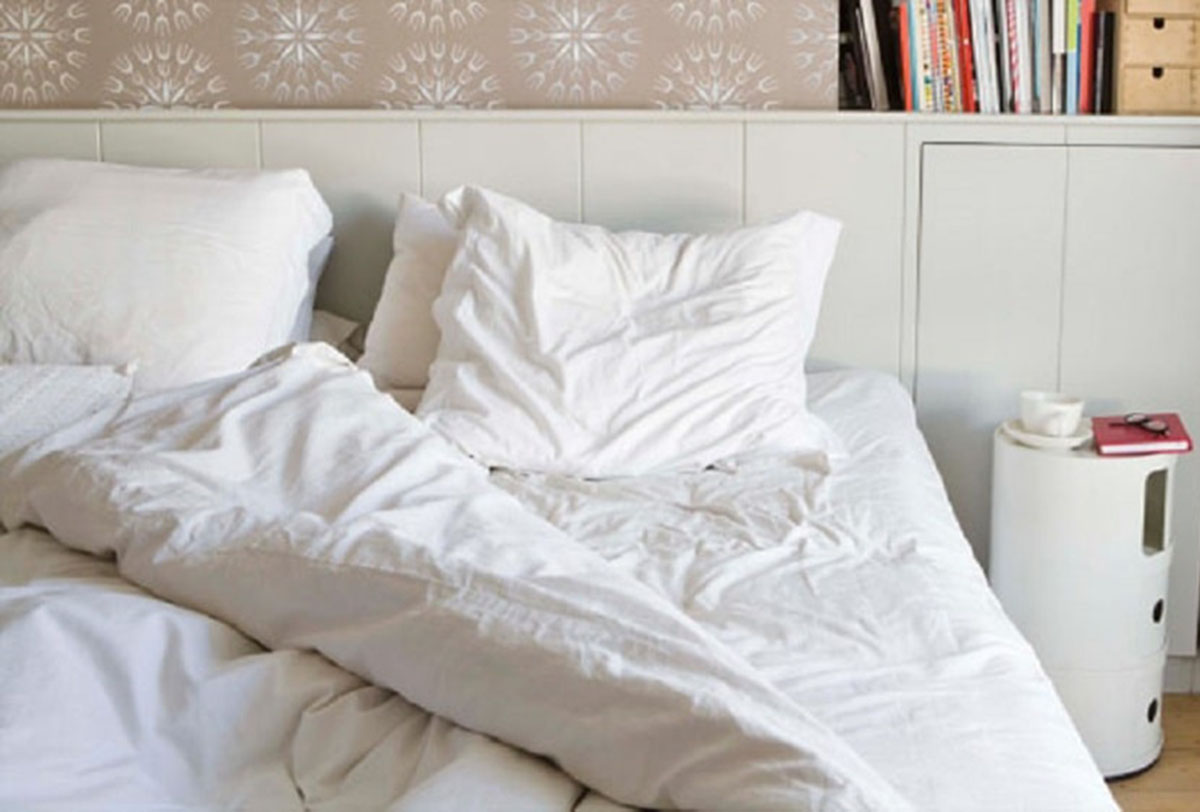

Articles
How Long Does Lice Live On Pillows
Modified: February 27, 2024
Discover how long lice can survive on pillows and learn effective prevention methods through informative articles on this topic.
(Many of the links in this article redirect to a specific reviewed product. Your purchase of these products through affiliate links helps to generate commission for Storables.com, at no extra cost. Learn more)
Introduction
Dealing with a lice infestation can be a frustrating and unpleasant experience, and it’s important to take all necessary precautions to prevent their spread. One common concern is how long lice can live on pillows and potentially reinfest those who come into contact with them. In this article, we will explore the lifespan of lice, their ability to survive on pillows, and the steps you can take to prevent lice infestations in your home.
Before we delve into the details, it’s essential to have a basic understanding of lice. Lice are small insects that feed on human blood and can infest the scalp, body, or pubic region. They are highly contagious and can spread from person to person through direct contact or by sharing personal items such as combs, hats, and, of course, pillows.
The lifespan of lice depends on various factors, including the species, environmental conditions, and their ability to find a suitable host. Understanding how long lice can survive is essential in devising effective strategies to eliminate them from your home.
Key Takeaways:
- Lice have a limited survival on pillows due to the absence of a human host and nourishment source. Regular cleaning and preventive measures can significantly reduce the risk of lice infestations on pillows.
- Prompt action, including washing, vacuuming, and using lice treatment products, is crucial in eliminating lice infestations on pillows. Effective scalp and hair treatment are also essential in managing lice infestations.
Read more: How Long Do Lice Live On A Mattress
Understanding Lice
Before we discuss the lifespan of lice on pillows, let’s gain a better understanding of these pesky insects. Lice are small, wingless insects that feed exclusively on human blood. They are surprisingly resilient and can move quickly through the hair or crawl onto various surfaces.
There are three main types of lice that infest humans: head lice (Pediculus humanus capitis), body lice (Pediculus humanus corporis), and pubic lice (Pthirus pubis). Each type prefers a specific area of the body, but they can potentially infest other areas as well.
Head lice are the most common type and are typically found on the scalp, behind the ears, and at the nape of the neck. They lay their eggs (nits) close to the base of the hair shafts, making them difficult to spot. Body lice are found on clothing and bedding, only moving to the body to feed. Pubic lice, as the name suggests, reside in the pubic area but can also infest other areas with coarse hair, such as the armpits or eyebrows.
Contrary to popular belief, lice cannot fly or jump. They can only crawl, which is why they primarily transmit through direct head-to-head contact or by sharing personal items like hats, scarves, combs, brushes, and pillows.
Lice infestations are not a sign of poor hygiene. These parasites can affect anyone, regardless of their socioeconomic background or personal cleanliness. They are often more common among school-aged children due to their close proximity with large groups of people.
Being able to identify the signs and symptoms of lice infestation is crucial. Common indicators include persistent itching of the scalp or affected area, the presence of lice eggs (nits) attached to the hair shafts, small red bumps on the skin, and in the case of body lice, visible bite marks or rashes.
Now that we have a better understanding of lice and how they spread, let’s explore their lifespan and their ability to survive on pillows.
Lifespan of Lice
The lifespan of lice varies depending on the type and environmental conditions they are exposed to. Understanding how long lice can survive is important in determining the necessary steps to eradicate them from your home.
Head lice have a relatively short lifespan. The adult female louse can live for about 30 days, while the adult male louse typically lives for about 15 days. During their lifespan, female lice can lay multiple eggs daily, which are attached to the base of the hair shaft. These eggs, or nits, take about 7 to 10 days to hatch.
Once the eggs hatch, the nymphs emerge and undergo several molting stages before reaching adulthood. This process takes around 9 to 12 days. The newly hatched nymphs are not capable of reproducing until they reach adulthood.
Body lice have a slightly longer lifespan compared to head lice. Adult body lice can live for up to 30 days, and the eggs hatch in about 7 to 10 days. Unlike head lice, body lice lay their eggs on clothing and bedding, rather than directly on the body. They only move onto the body to feed. Body lice infestations are typically associated with unhygienic living conditions.
Pubic lice have a lifespan similar to head lice. Adult pubic lice can survive for about 30 days, and their eggs hatch in approximately 6 to 8 days. They primarily infest the pubic area but can also be found in other regions with coarse hair.
It’s important to note that lice require a human host to survive. They cannot survive for long periods away from the human body, as they rely on human blood for sustenance. Without a host, lice will eventually die.
Now let’s focus specifically on the survival of lice on pillows and what factors can affect their ability to persist in that environment.
Lice on Pillows
One common concern is whether lice can survive on pillows and potentially reinfest individuals who come into contact with them. While lice can crawl onto pillows, their ability to survive on this surface is limited.
When lice crawl onto a pillow, they are not able to feed on the blood they need to survive. Unlike head lice, which feed multiple times a day by piercing the scalp and sucking blood, lice on pillows do not have a source of nourishment. As a result, lice will eventually die if they are unable to find a human host within a few hours.
Furthermore, lice eggs, or nits, require the warmth and humidity of the human scalp to hatch. If eggs are transferred onto a pillow, they will not receive the necessary conditions to hatch and develop into nymphs.
While the chances of lice surviving on pillows are relatively low, it is still possible for lice to crawl onto pillows and then transfer onto the hair and scalp of someone who comes into contact with the infested pillow. Therefore, it is essential to take precautions and implement proper cleaning and treatment methods to prevent the risk of lice infestation from pillows.
Now that we understand the limited survival of lice on pillows, let’s explore the factors that can influence their ability to persist. By understanding these factors, we can better implement preventive measures and ensure our pillows remain lice-free.
To prevent lice from living on pillows, wash pillowcases and bedding in hot water and dry on high heat for at least 20 minutes. Vacuuming and steaming pillows can also help eliminate lice.
Factors Affecting Lice Survival
Several factors can influence the ability of lice to survive in different environments, including pillows. Understanding these factors is crucial in implementing effective measures to prevent lice infestations.
1. Time Away from a Host: Lice require a human host to survive and cannot live for extended periods away from the human scalp or body. If lice are separated from a host for more than 24-48 hours, their chances of survival drastically decrease.
2. Feeding Opportunities: Lice need to feed on human blood to survive and reproduce. Without regular access to a host, lice cannot fulfill their nutritional needs and will eventually die. As mentioned earlier, pillows do not provide a source of blood, making it an inhospitable environment for lice to thrive.
3. Environmental Conditions: Lice prefer warm and humid environments, which resemble the conditions found on the human scalp. Pillows, on the other hand, tend to be cooler and less humid compared to the scalp. These unfavorable conditions can further hinder the survival of lice on pillows.
4. Cleaning Practices: Regular cleaning and maintenance routines significantly impact the survival of lice on pillows. Washing pillowcases, sheets, and pillow covers in hot water and using a dryer on high heat can effectively kill lice and their eggs. Additionally, vacuuming pillows and regularly changing them can help minimize the risk of lice infestations.
While lice can potentially crawl onto pillows, their chances of survival are minimal due to the absence of a human host and feeding opportunities. However, it is still important to take preventive measures and maintain proper hygiene practices to reduce the risk of lice infestations on pillows.
Now that we understand the factors that can affect lice survival, let’s explore some preventative measures you can take to keep your pillows free from lice infestations.
Read more: How Long Do Lice Live On Furniture
Preventing Lice Infestations on Pillows
Preventing lice infestations on pillows requires a combination of proactive measures and regular maintenance. By following these preventative steps, you can minimize the risk of lice spreading on your pillows and throughout your home:
1. Avoid Head-to-Head Contact: Lice primarily spread through direct head-to-head contact. Encourage children to avoid activities that involve close contact, such as sharing headphones, hats, or hairbrushes with others. Educate your family members and children about the importance of maintaining personal space to reduce the risk of lice infestation.
2. Regularly Launder Bedding: Wash pillowcases, sheets, and pillow covers regularly using hot water and a high heat dryer cycle. The high temperatures will help kill lice and their eggs. It is recommended to wash bedding at least once a week to maintain cleanliness and prevent lice infestations.
3. Vacuum Pillows: Vacuuming pillows is an effective way to remove any lice or nits that may be present. Use a vacuum cleaner with a high-efficiency particulate air (HEPA) filter to ensure proper removal of lice and their eggs. Pay particular attention to the seams and crevices of the pillow where lice may hide.
4. Encase Pillows with Protective Covers: Consider using pillow protectors or encasements that are designed to prevent lice infestations. These covers create a barrier between the pillow and any potential lice or eggs, making it harder for them to survive or transfer onto the pillow.
5. Avoid Sharing Pillows: Discourage the sharing of pillows, especially among individuals who may be at a higher risk of lice infestations, such as children or individuals who have close contact with lots of people. Encourage each family member to have their own designated pillow to minimize the risk of lice transmission.
6. Regularly Inspect for Signs of Infestation: Keep an eye out for signs of lice infestation, such as persistent itching, visible lice or nits, or small red bumps on the scalp or around the neck. If you suspect an infestation, promptly wash and treat the affected bedding, including the pillows, and seek proper medical treatment to eliminate the lice infestation.
With these preventative measures in place, you can significantly reduce the likelihood of lice infestations on your pillows. By maintaining cleanliness and promoting personal hygiene, you can create an environment that is inhospitable for lice to survive and thrive.
Now, let’s explore some cleaning and treatment methods to effectively deal with lice on pillows if infestations do occur.
Cleaning and Treating Pillows for Lice
If you suspect or have confirmed a lice infestation on your pillows, it is crucial to take immediate action to eliminate the lice and prevent their further spread. Follow these steps to clean and treat your pillows:
1. Remove Pillowcases and Covers: Start by removing all pillowcases, covers, and protectors from the infested pillows. Place them in a plastic bag, seal it tightly, and set it aside for further treatment.
2. Wash Bedding: Launder the pillowcases, covers, and protectors in hot water (ideally above 130°F or 54°C) to kill any lice or nits present. Use a laundry detergent and add a small amount of vinegar, as vinegar can help loosen the grip of nits on the fabric. Tumble dry on high heat to ensure thorough drying.
3. Vacuum the Pillows: Use a vacuum cleaner with an upholstery attachment to thoroughly vacuum both sides of the pillows. Pay close attention to the seams, corners, and crevices where lice or nits may be hiding. Empty the vacuum bag or canister away from the living area to prevent reinfestation.
4. Bag and Isolate Infested Pillows: If the infestation is severe or you are unable to effectively clean the pillows, it may be necessary to bag them in a plastic bag and isolate them for a period of time. Lice cannot survive for more than a day or two without a host, so keeping the pillows sealed in a bag for a week will ensure their demise.
5. Use Lice Treatment Products: There are over-the-counter lice treatment products available that can be used on pillows. Follow the instructions provided by the manufacturer to effectively treat the pillows. Be cautious with the application of any chemical treatment and ensure the safety of individuals who will come in contact with the pillows after treatment.
6. Consider Replacement: If the pillows are old or heavily infested, it may be best to replace them entirely to ensure complete eradication of lice. Dispose of infested pillows properly to prevent them from being reused or donated.
It’s important to note that cleaning and treating pillows alone may not be sufficient to fully eliminate a lice infestation. It is recommended to also treat the hair and scalp of affected individuals, as lice primarily reside on the human head. Consult with a healthcare professional for appropriate treatment options and guidance specific to your situation.
By following these cleaning and treatment methods, you can effectively eliminate lice from your pillows and prevent further infestations. Remember to maintain proper hygiene practices and regularly inspect bedding to minimize the risk of lice returning.
Now, let’s conclude our discussion on lice infestations on pillows.
Conclusion
Lice infestations can be a nuisance, but understanding their lifespan and their ability to survive on pillows is crucial in effectively preventing and managing infestations. While lice can crawl onto pillows, their chances of survival are minimal due to the absence of a human host and a source of nourishment.
Regular cleaning practices, such as washing pillowcases, sheets, and pillow covers in hot water, vacuuming pillows, and practicing good personal hygiene, can significantly reduce the risk of lice infestations on pillows. Encouraging individuals to avoid head-to-head contact and sharing pillows can also help prevent the spread of lice.
In the event of a confirmed lice infestation on pillows, prompt action should be taken to clean and treat the affected bedding. Washing, vacuuming, and using lice treatment products can aid in eliminating lice and preventing their further spread.
It is important to remember that lice primarily reside on the human head, and effective treatment of the scalp and hair should be a priority in managing lice infestations. Consult with healthcare professionals for appropriate treatment options and guidance specific to your situation.
By implementing preventive measures, maintaining cleanliness, and promptly addressing lice infestations, you can create a lice-free environment and minimize the risk of reinfestation on pillows and throughout your home.
Now that you have a better understanding of lice, their lifespan, and how to prevent and treat lice infestations on pillows, you are equipped with the knowledge to take proactive steps in maintaining a lice-free living environment.
Remember, prevention is key, so stay vigilant, educate your family members, and take the necessary precautions to keep lice at bay.
Frequently Asked Questions about How Long Does Lice Live On Pillows
Was this page helpful?
At Storables.com, we guarantee accurate and reliable information. Our content, validated by Expert Board Contributors, is crafted following stringent Editorial Policies. We're committed to providing you with well-researched, expert-backed insights for all your informational needs.
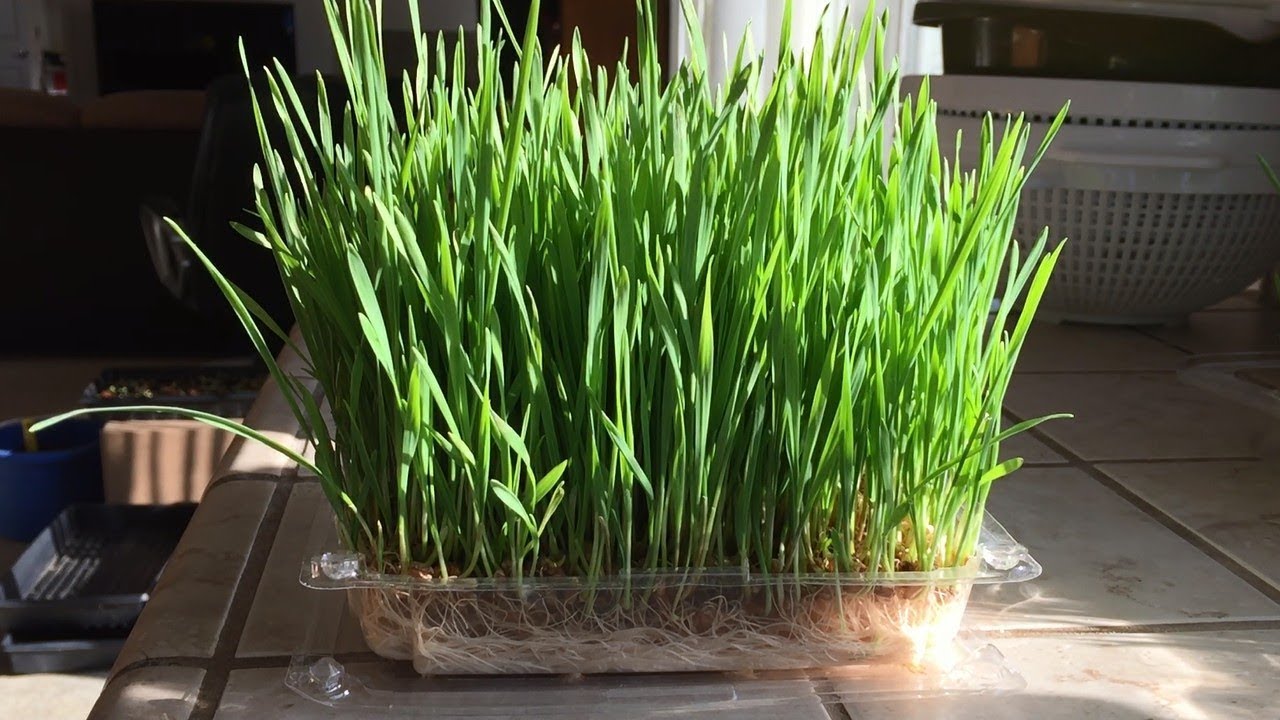
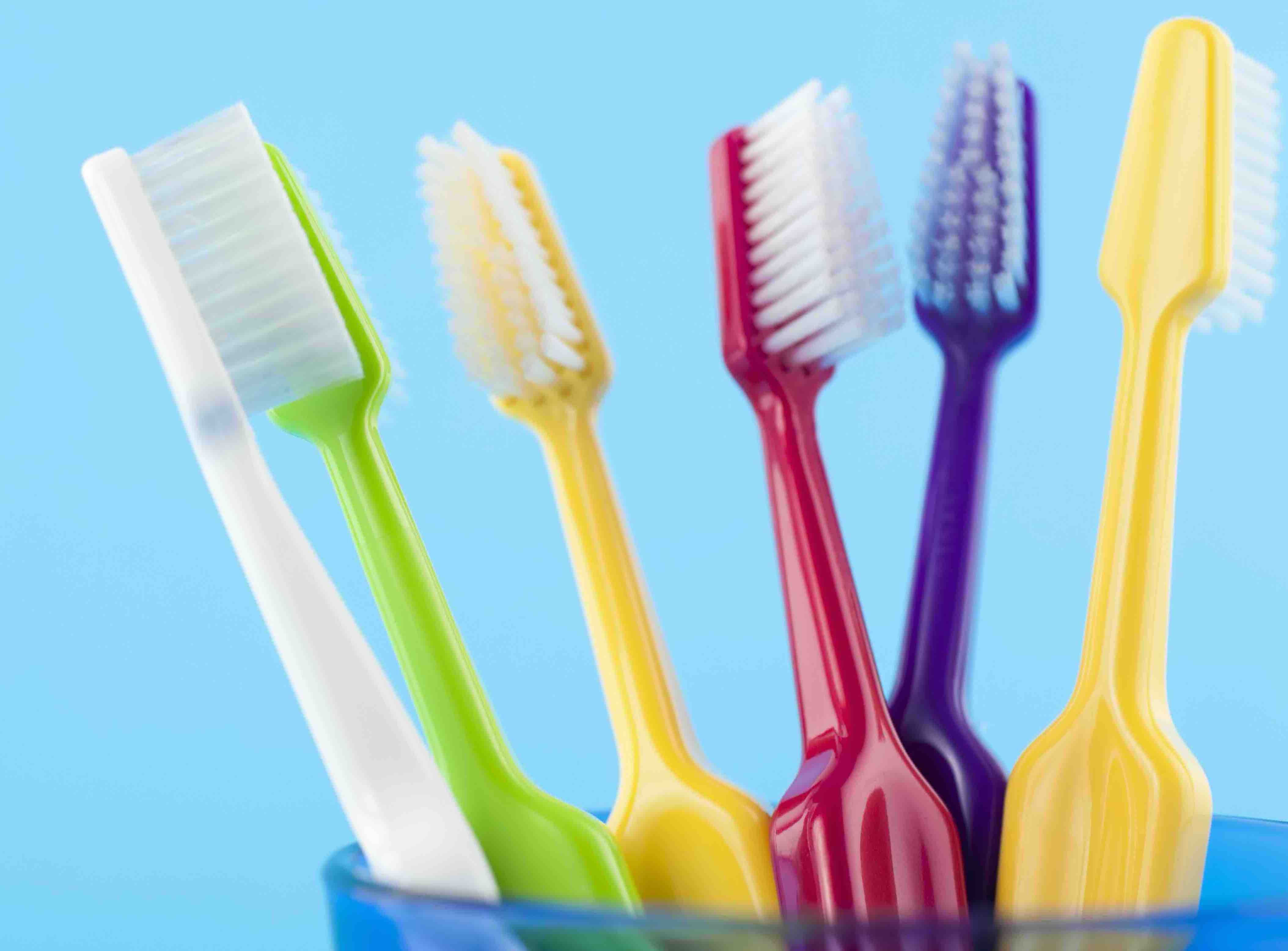
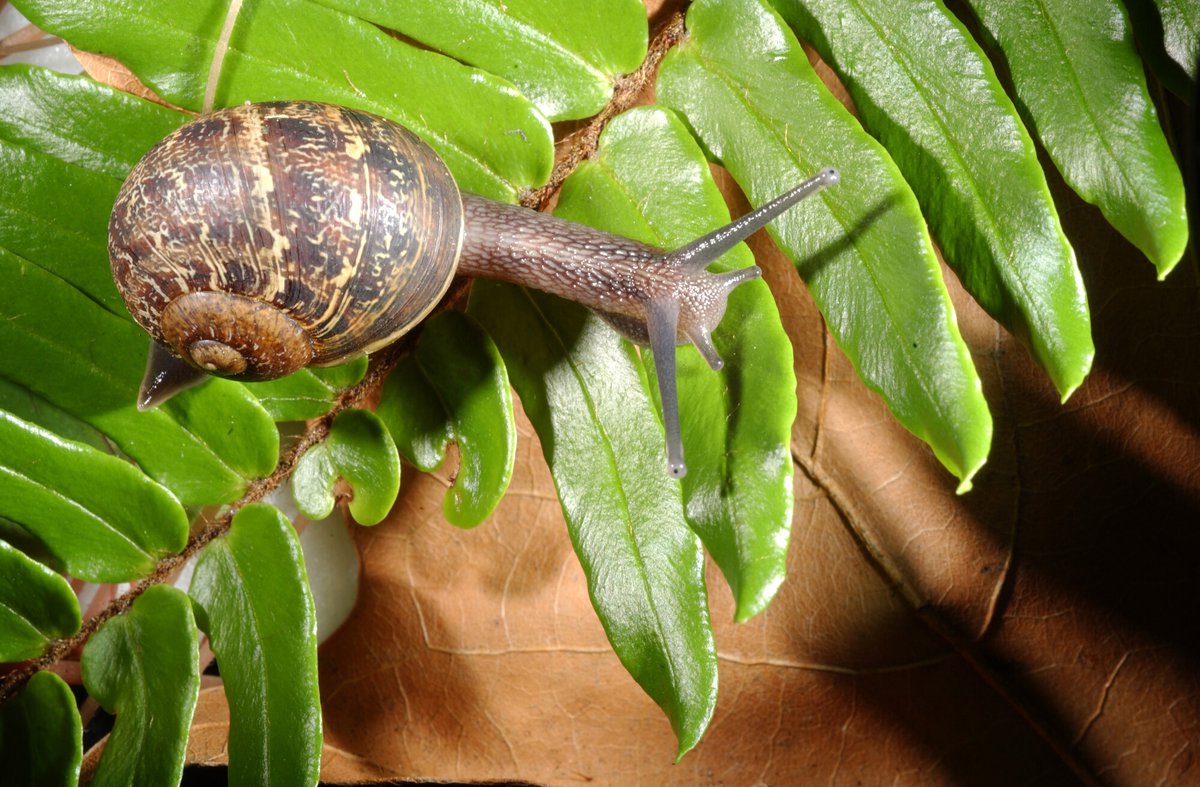
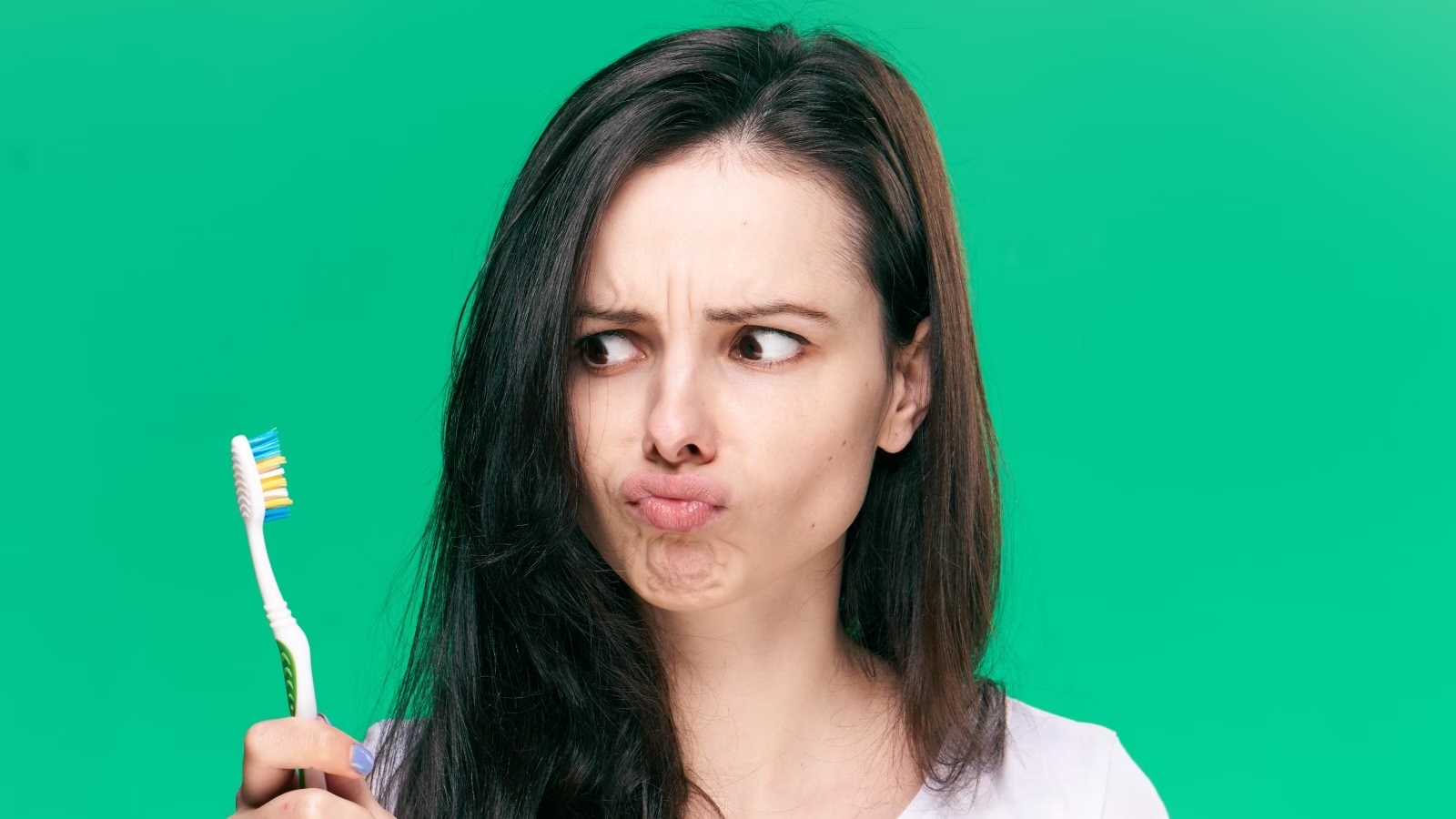
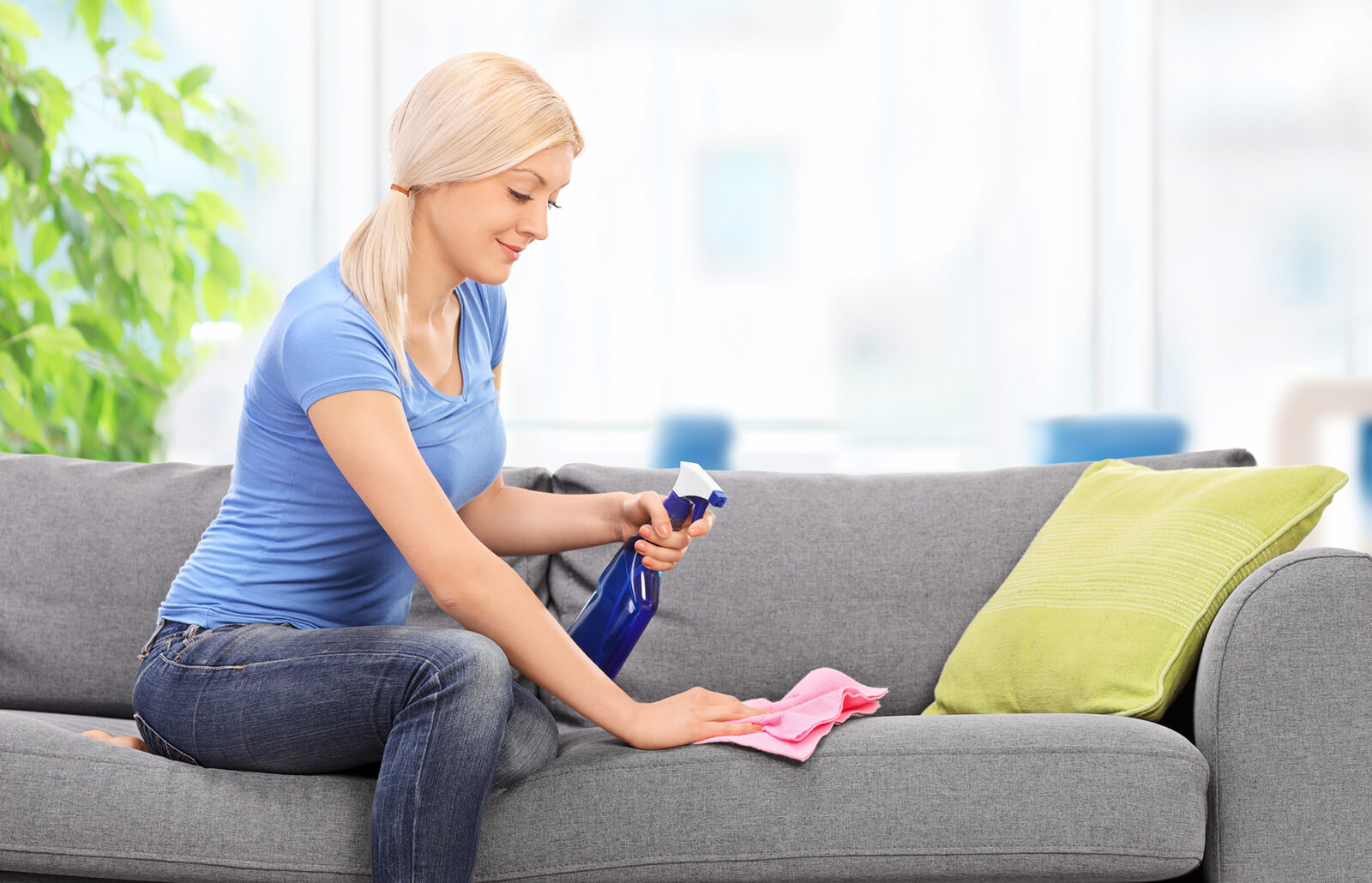


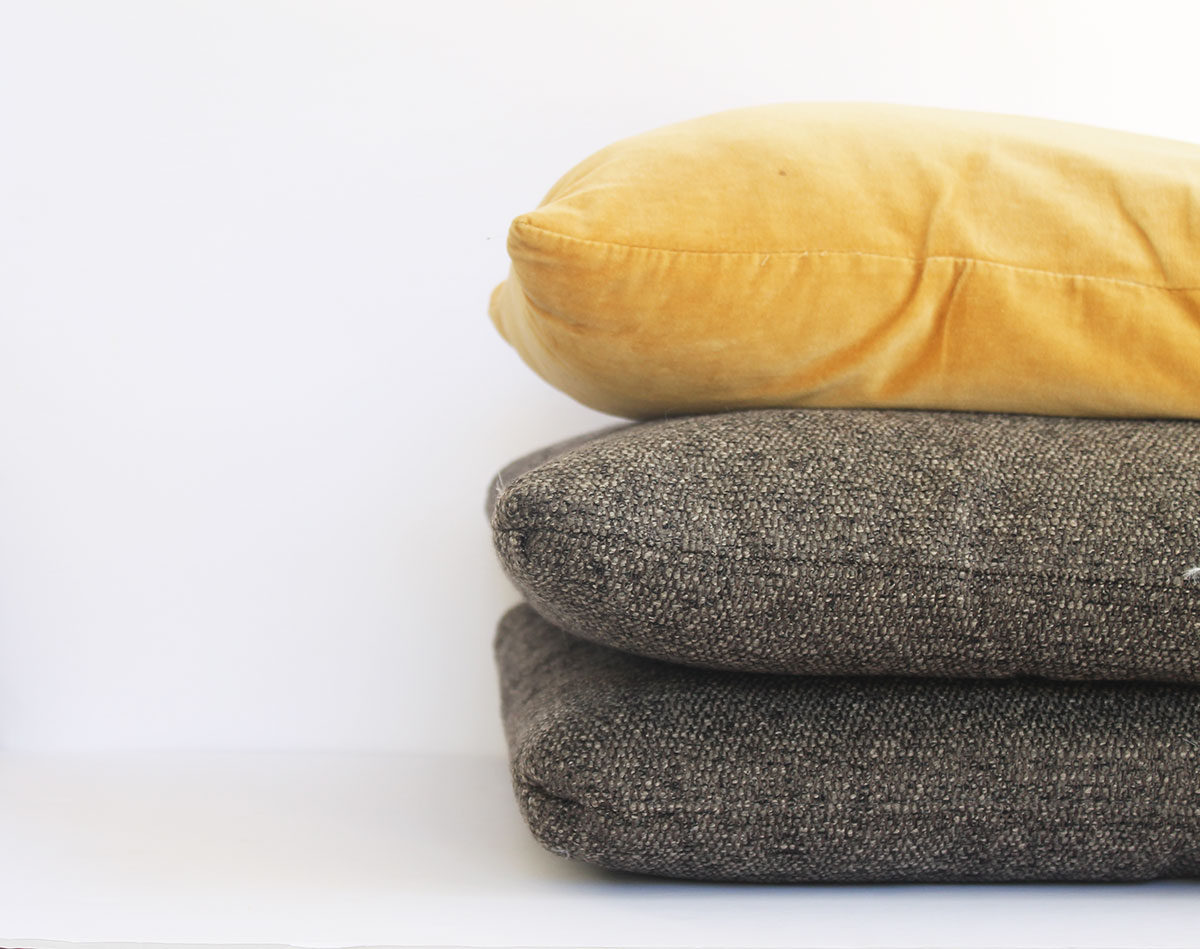
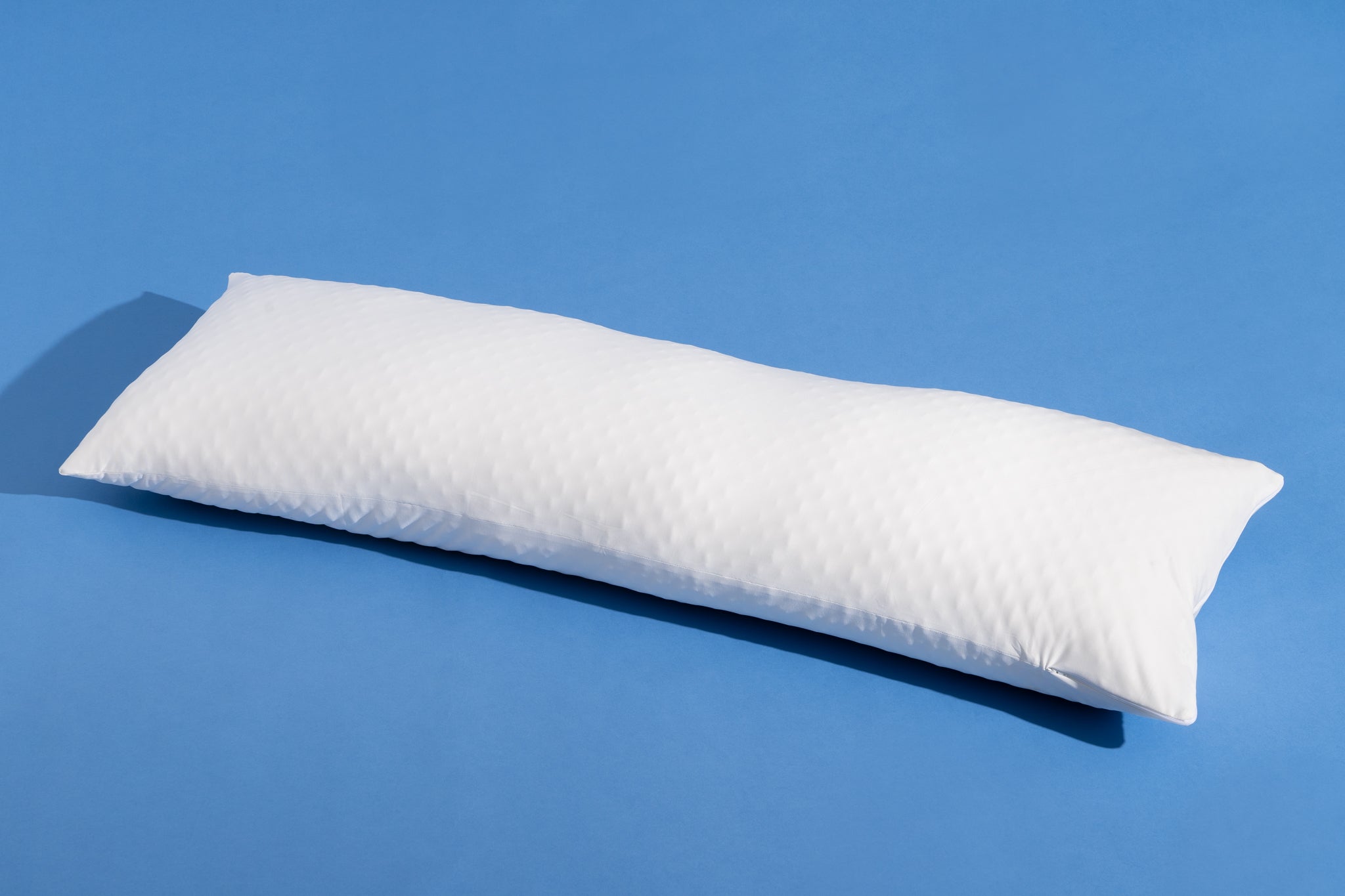
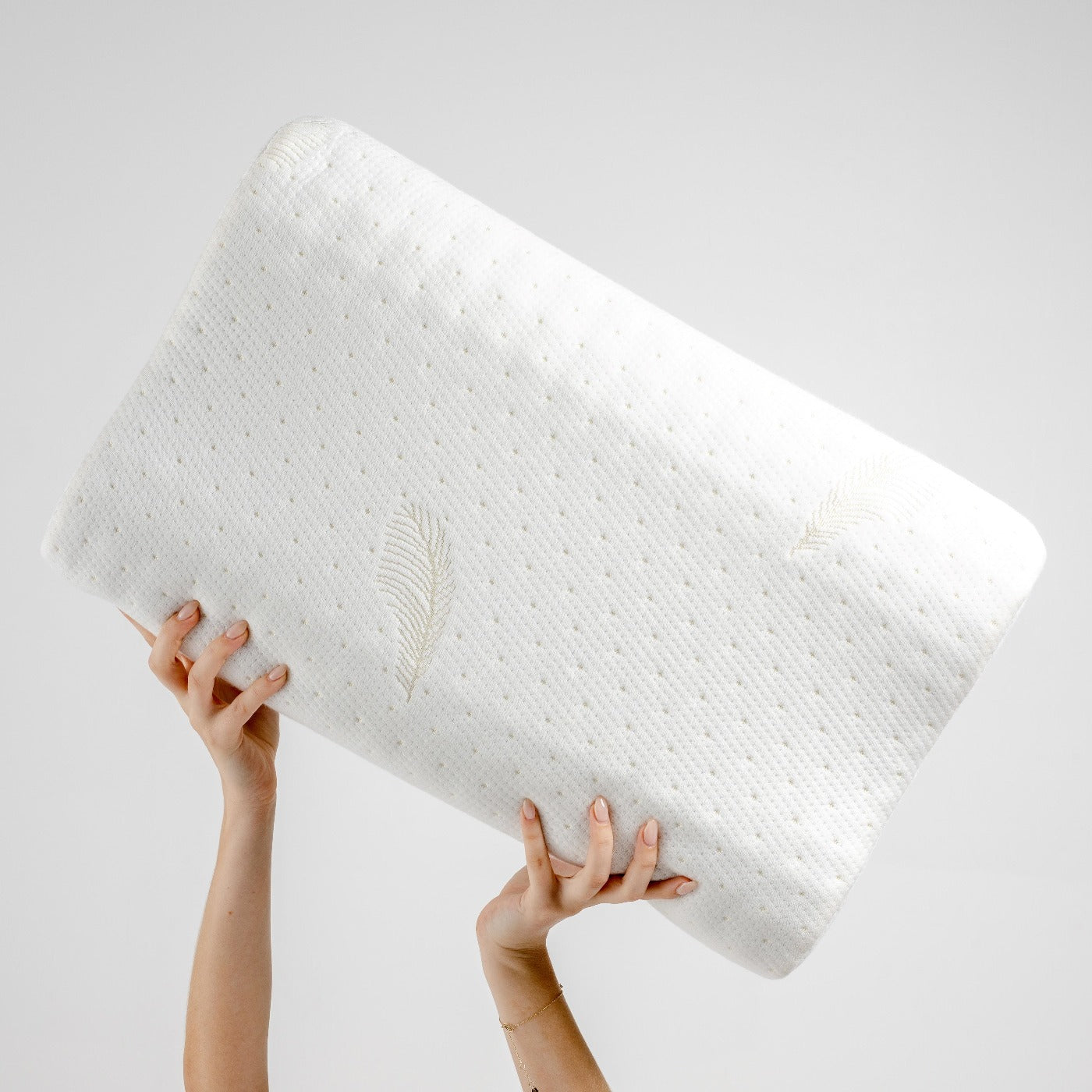

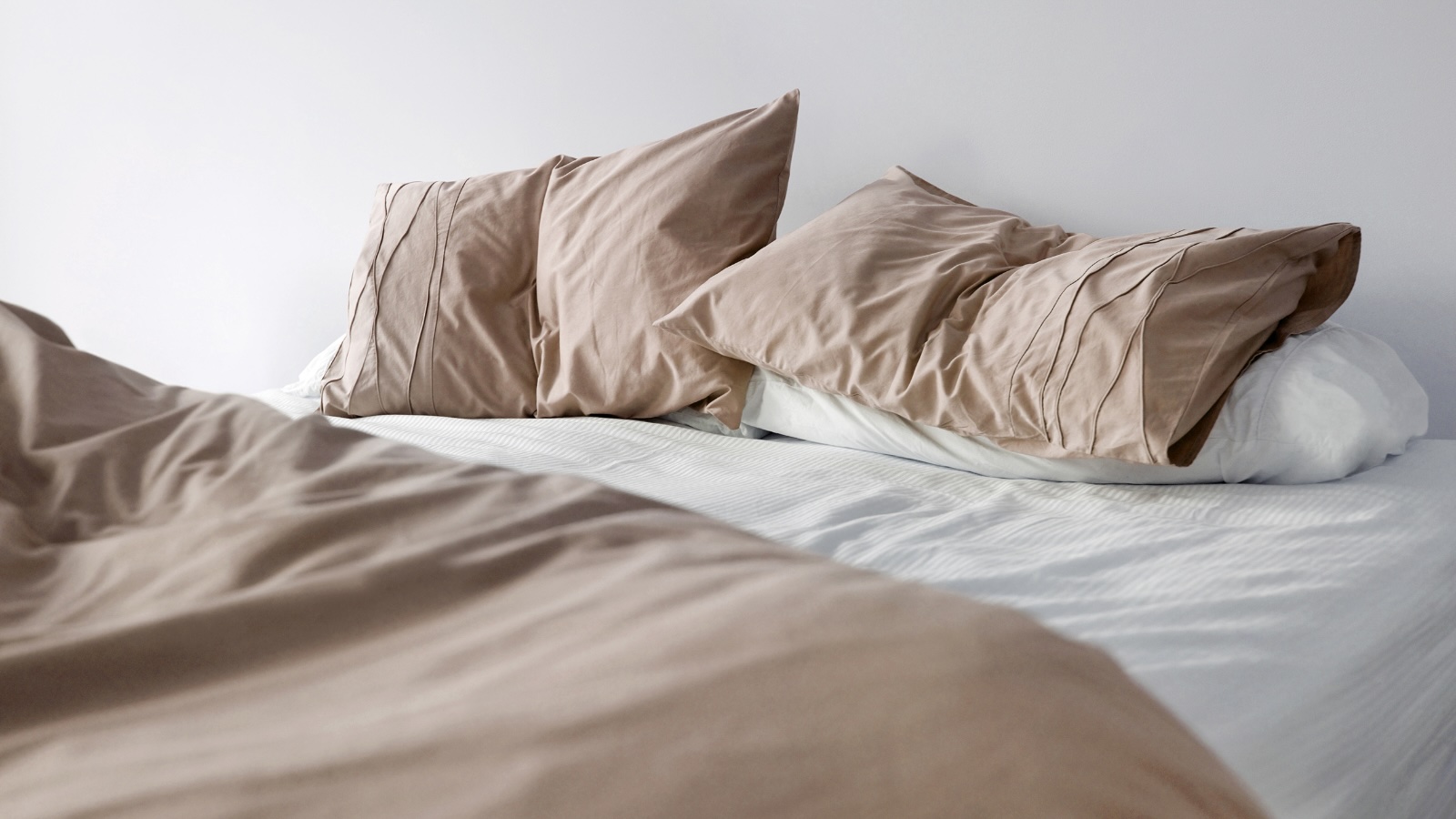
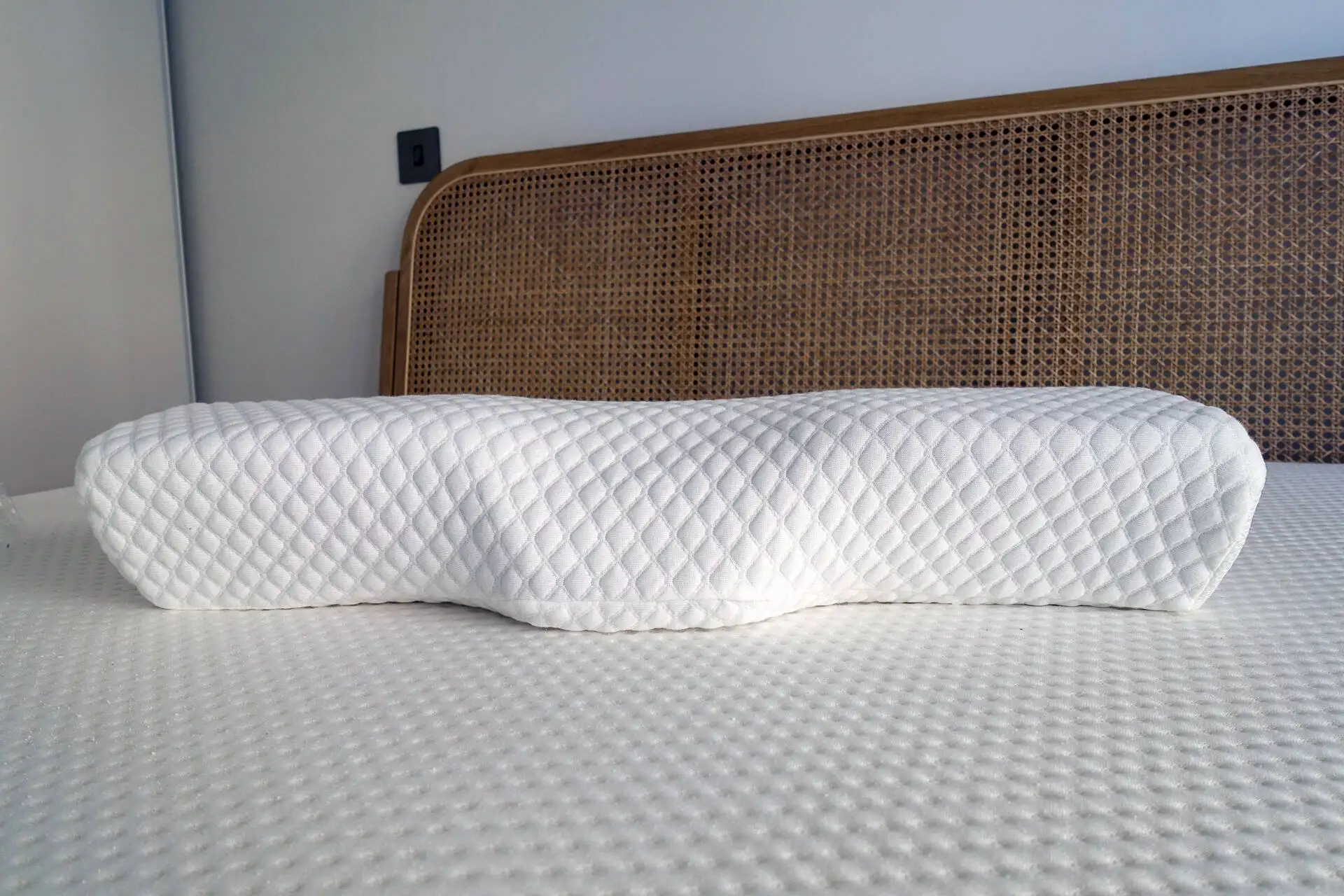
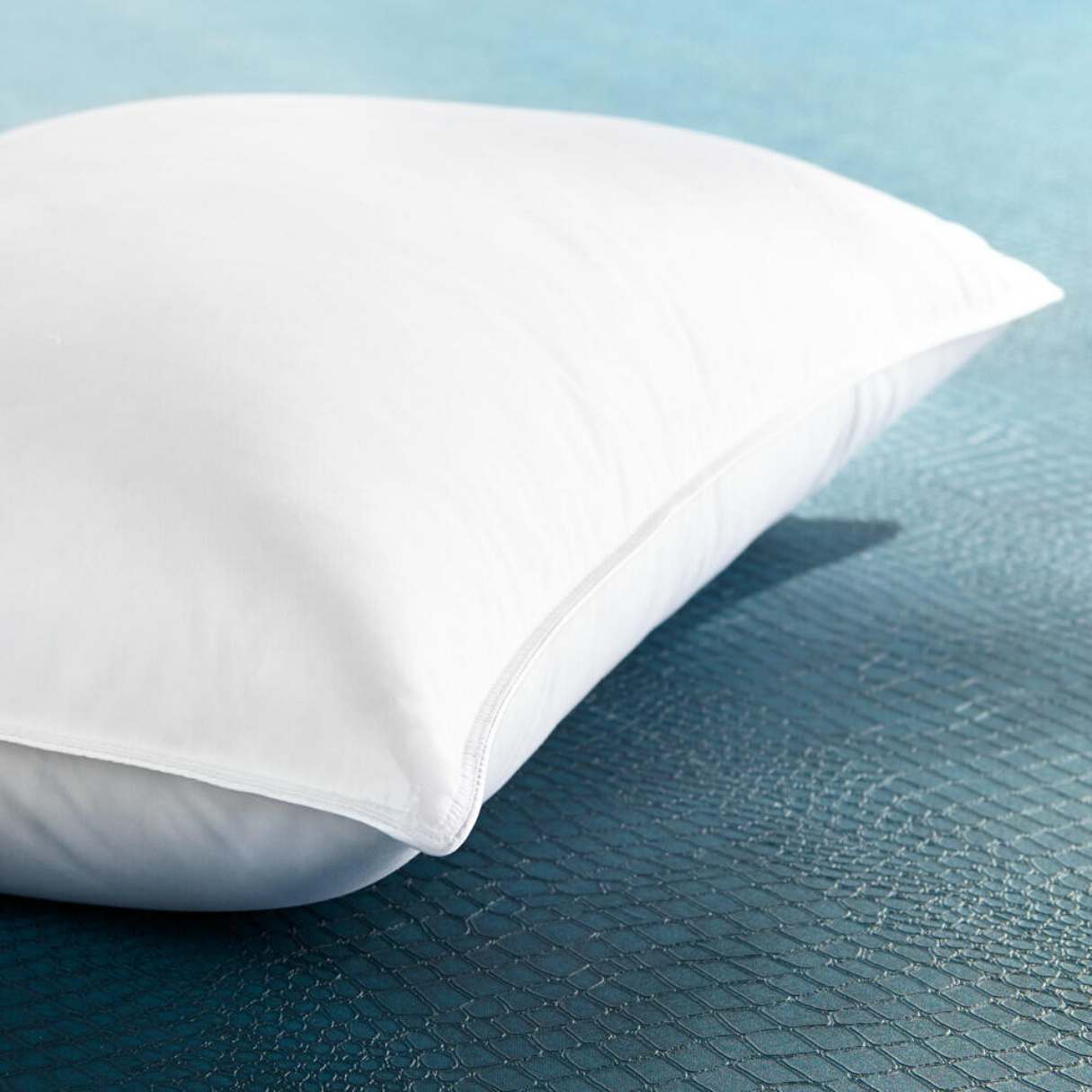

0 thoughts on “How Long Does Lice Live On Pillows”